Red Eyes: What’s Causing It and How Can You Treat It?
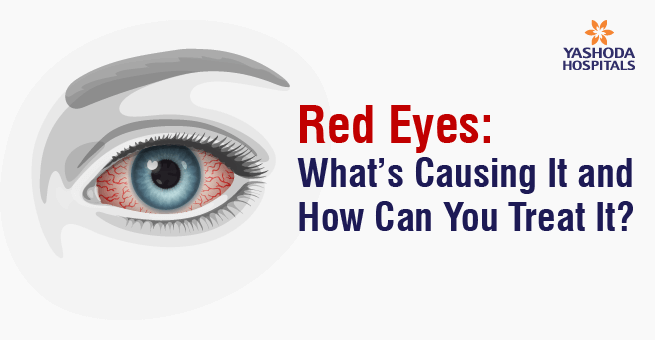
Red eyes are characterized by the redness or bloodshot appearance of the white part of the eye, which can be a harmless and common symptom but in some cases can be the result of a serious underlying disease. Understanding the causes is essential for determining the right course of action. In some cases, red eyes can be accompanied by other symptoms like itching, burning, tearing, or sensitivity to light. While many cases can be handled at home, it is crucial to know when to see a doctor.
Understanding Red Eyes
Red eyes are those kinds of eyes that are red, irritated, and bloodshot many times due to inflammatory reactions causing primary irritation of the eyes. It can affect either one eye or both. It can develop gradually or suddenly appear, as in allergic or eye injury conditions. Red eyes often appear worse than they feel and can be treated with home remedies or over-the-counter treatments. However, if the redness persists for more than a week or if pain or vision issues occur, immediate treatment is necessary.
Red Eyes Symptoms
In general, the symptoms might vary based on the underlying cause; there are several signs and symptoms for red eyes, such as:
- Irritation: Discomfort or irritation in the eyes.
- Burning Sensation: Stinging or burning sensation.
- Itching: Urge to scratch the eyes.
- Dryness: Dryness or scratchiness in the eyes.
- Pain: Aching or throbbing pain in or around the eyes.
- Leaking/Discharge: Watery or thick discharge from the eyes.
- Watery Eyes: Excessive tearing.
- Sensitivity to Light: Discomfort or pain when exposed to bright light.
- Blurred Vision: Temporary or persistent blurred vision.

Red Eyes Causes
Red eyes can be caused by prolonged contact lens wear or prolonged screen time, as well as other common factors such as prolonged exposure to the environment and bright screens. Some of the common causes of red eyes include:
- Dry eyes: A symptom where tears do not come right, evaporate too early, or the eye simply lacks the ability to form them in an effective way, leading to pain, corneal ulcers, or sometimes, in a few rare cases, blindness.
- Pink eye: Pink eye is also called conjunctivitis disease, representing inflammation of the covering that produces lids covering the eye. These problems are often caused by bacterial or viral infections, however most common in children.
- Environmental factors: Red, bloodshot eyes can be caused by various environmental factors such as airborne allergens, irritants, air pollution, smoke, dry air, dust, airborne fumes, perfumes, foreign objects, chemical exposure, and overexposure to sunlight without UV-blocking sunglasses.
- Viruses: Red eyes can be caused by cold viruses, herpes, and shingles, as well as other common ones.
- Bacteria: Bacterial infections are some of the complications of common colds and may be caused through unsterilized contact.
- Broken blood vessels: This is when the tiny veins located just beneath the white part of your eyes begin breaking up. They are usually very red and frightening, though typically painless and harmless.
- Medications: Antihistamines or decongestants are given as medication and can cause dryness, eye irritation, and redness of the eye.
- Injury: Redness, swelling, and pain in the eye may occur due to some eye injuries.
- Eye strain: Prolonged exposure to screens or working on small tasks can strain muscles and may cause the person to have redness with weakness.
Red eyes may be a symptom of many other conditions, including corneal scratches, infections, ulcers, inflammation of the cornea, blepharitis, iritis, uveitis or scleritis, chalazions, styes, glaucoma, and complications of eye surgery or contact lens use. They can result in red, distorted vision. In case of any of these symptoms, it is essential to get medical attention.

Complications of Red Eyes
If left untreated, red eyes might cause some serious complications such as:
- Vision Loss: Untreated eye infections or conditions like glaucoma can result in permanent loss of vision.
- Infections: An infection can cause the eyes to become red; if left untreated, such infections may spread to other parts of the body.
- Chronic dry eye: It may cause damage to the cornea and affect eyesight if left untreated.
- Corneal ulcer: This results from the severe eye infection or injuries that may cause ulcers leading to scarring in the cornea and potential vision loss.
- Acute angle-closure glaucoma: This can lead to sudden severe pain in the eye, redness, and vision loss.
Red Eyes Treatment
Home remedies can assist in alleviating the symptoms in most of the cases, including:
- Rest.
- Applying cool compresses to closed eyes.
- Gently rubbing your eyelids.
- Cleaning the eyelids delicately.
- OTC eye drops from pharmacies.
One can expect the treatment for red eyes from the doctor, such as:
- Oral antibiotic medicines, pills, eye drops, or ointment for the affected eye.
- Eye drops with steroids or oral steroids.
- Prescription eye drops for some medical conditions like allergy, dryness, or glaucoma.
- Laser surgery to treat acute angle-closure glaucoma.
In general, the treatment varies based on the underlying cause; the above-discussed are some common treatment approaches for treating the eye redness. Sometimes eye redness itself will be a symptom for other conditions; in those instances, the condition will be treated with the recommended measures.
Preventing Red Eyes
A cure for red eyes can be achieved by following the below preventive measures, such as:
- Avoid eye rubs and finger contact to prevent irritation.
- Keep contact lenses clean and avoid prolonged use.
- Properly remove eye makeup.
- Take regular breaks from prolonged computer screen use.
- Avoid irritants like dust, smoke, chemicals, perfumes, or pet dander.
- Use a dehumidifier to prevent dampness and mold.
- Practice good handwashing techniques to prevent infections.
- Avoid activities causing eyestrain.
- Avoid contact with eye-irritating substances.
- Wash hands frequently, especially if exposed to an eye infection.
When to Consult the Doctor?
Consultation with an ophthalmologist is needed if you experience any of the following signs or symptoms:
- Tenderness in eyes
- Vision changes
- Eye pain or eye discharge
- Increased light sensitivity
- Symptoms persist or worsen over time
- Excessive dry mucus or pus production
- Fever or aches accompanying eye discomfort
- Eye infection
- Swelling
- Inability to open the eye
Immediate medical attention is needed if one is having:
- Trauma-Induced Eye Redness
- Headache and blurry vision
- White rings around lights
- Severe nausea or vomiting with fever
Conclusion
Red eyes can be a common and often temporary condition, but it is important to pay attention to the underlying cause and seek medical attention if necessary. Understanding the various factors that can lead to red eyes can help in taking the appropriate steps to alleviate discomfort and prevent complications.
Yashoda Hospitals provides overall care for the eyes, including eye and red-eye conditions, with experienced ophthalmologists handling sophisticated diagnostic techniques and various modalities of treatment to ensure the best-case care.
Have any questions or concerns about your health? We’re here to help! Call us at +918929967127 for expert advice and support.
About Author –
Dr. Bhanu Prakash M
MS, Fellow (Cornea), FICO, FAICO (Refractive Surgery), FRCS






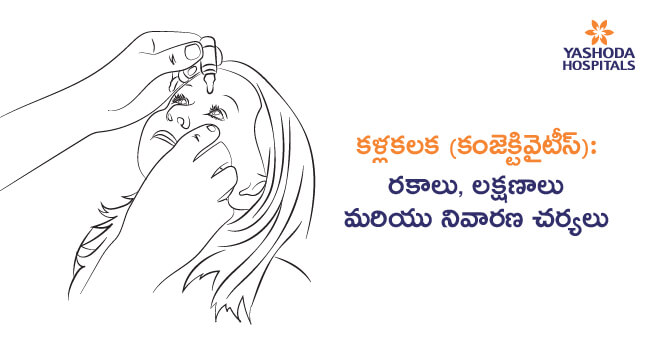


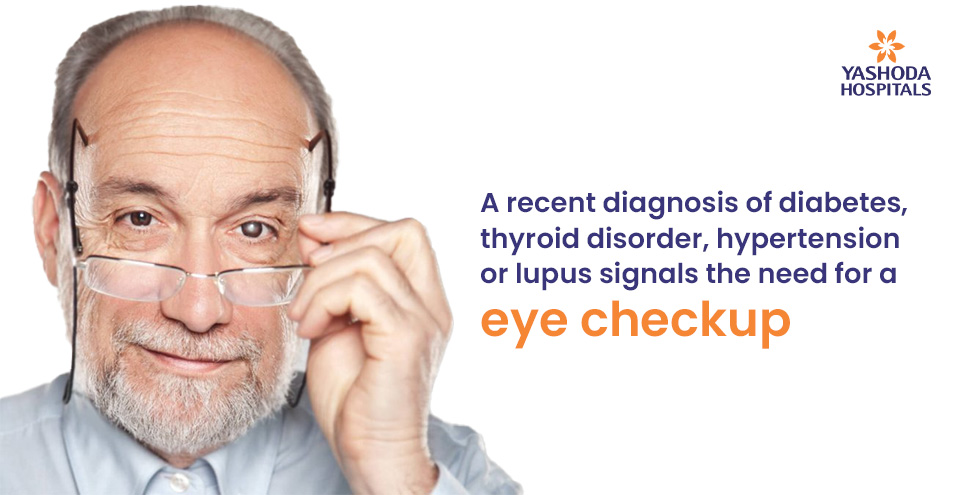
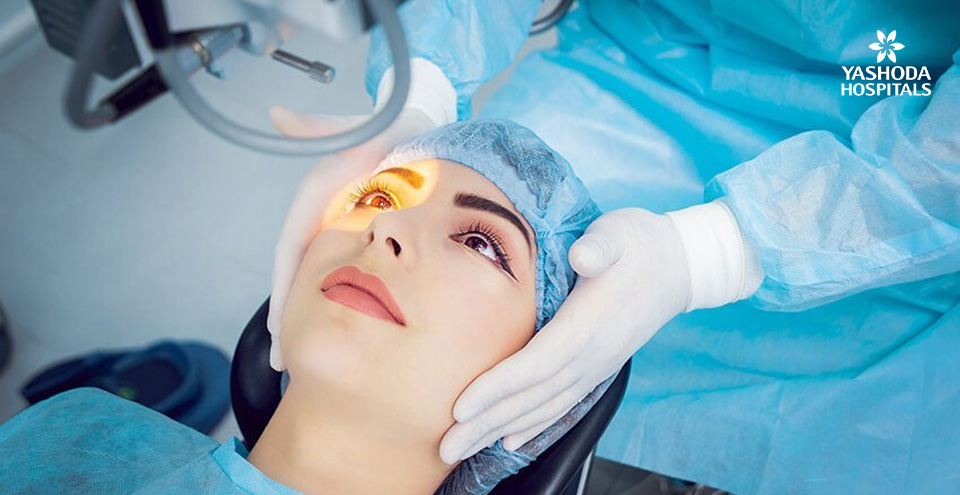
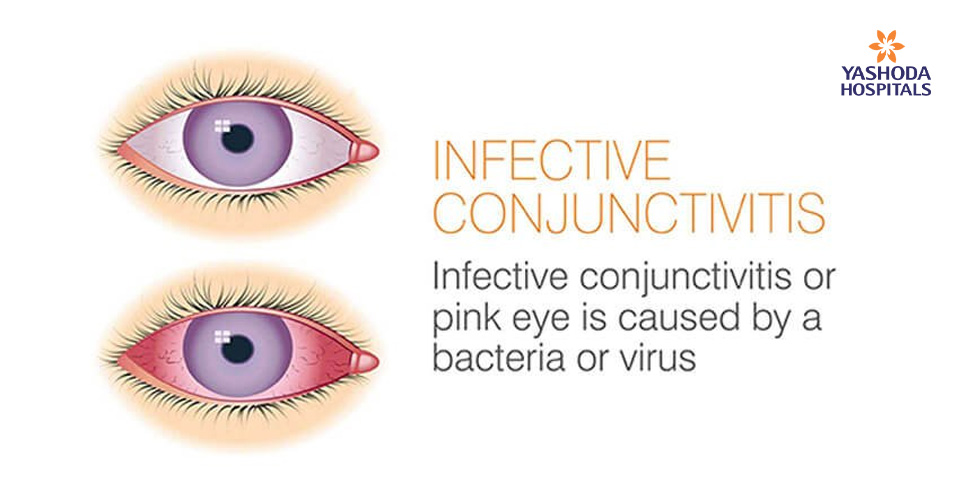





 Appointment
Appointment WhatsApp
WhatsApp Call
Call More
More

